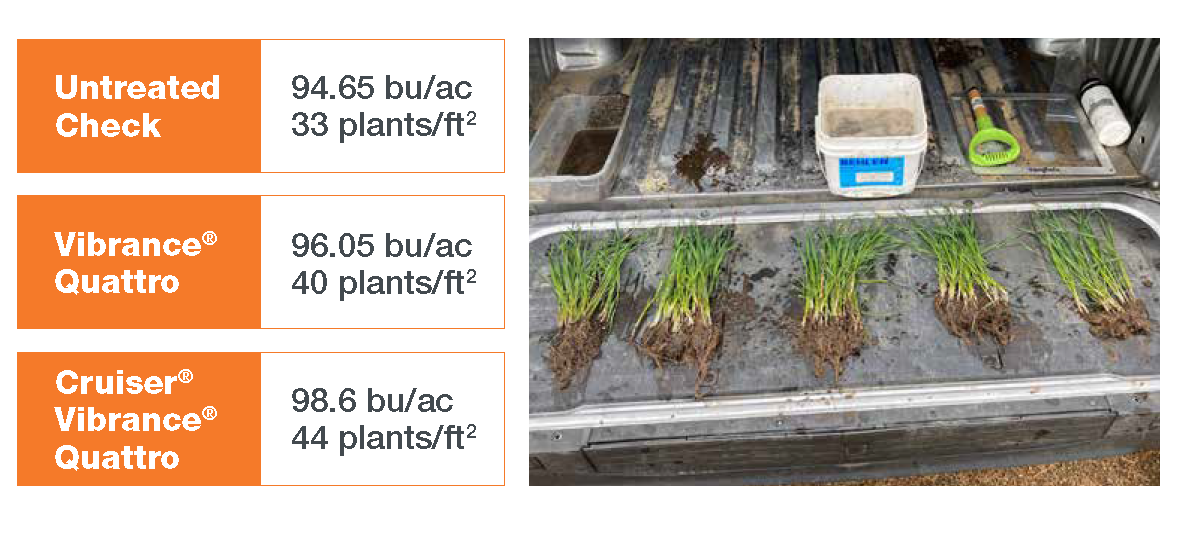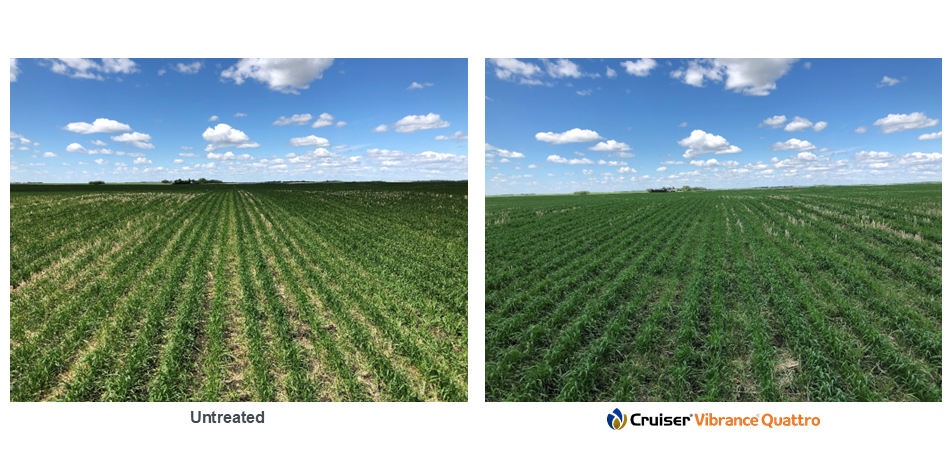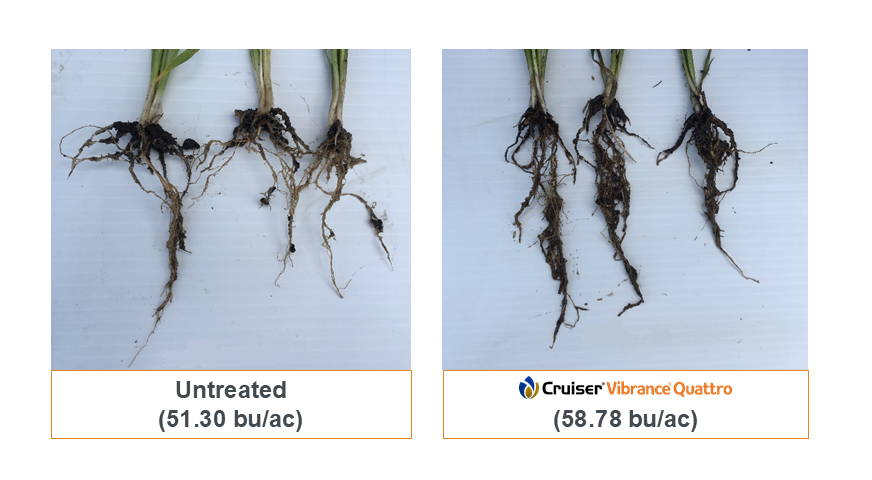Four surprising reasons to treat your cereal seed
February 10, 2025
When studying your balance sheet, it can be tempting to look at cereal seed treatment and wonder if you really need it. The truth is, it’s actually one of your most fundamental inputs. But maybe not for the reasons you think.
Here are four surprising reasons why you should reach for a cereal seed treatment if you want your income statement to net the maximum return in 2025.
1. You don’t know what’s in your soil
Maybe you know your seed is clean. But you can’t know ahead of time what disease pressure in the soil is waiting for your seed at germination and emergence. Not only that, every soil pathogen has a preferred environment – so whether it’s wet, cool, warm or dry, your unprotected seed is left vulnerable.
The only thing you can be sure of is soil-borne diseases such as Rhizoctonia, Fusarium and Pythium are going to be there every single year, preventing seeds from thriving or even surviving.
In this timelapse video taken at the Syngenta Canadian Seedcare Institute in 2020, you can see the harm done to emerging plants in a promix inoculated with Pythium ultimum compared to a clean growing medium on the left.*
Source: Syngenta Seedcare Institute, 2020 (n = 1)*
2. Every seed that doesn’t germinate is costing you money
Establishment is the most critical period because it sets the crop’s yield potential. The added protection of a seed treatment can lead to greater plant emergence, which means meeting target seeding rates and manageable seed costs.
In this Syngenta trial out of Waldheim, SK, in 2023, wheat treated with either Vibrance® Quattro or Cruiser® Vibrance Quattro fungicide seed treatment had more plants per square foot emerge and a higher harvestable yield compared to the untreated check.*

Source: Syngenta research conducted in Waldheim, SK, in 2023. Photo taken June (n = 1)*
3. More effective post-emergent applications
With the disease and insect protection of a seed treatment, seedlings emerge stronger, faster and more consistently. Why does this matter? Uniform emergence ensures easier and more accurate staging for post-emergent applications, which protects as many plants as possible at the optimal crop stage.
In a 2018 large-scale demonstration trial in Kinistino, SK, wheat treated with Cruiser Vibrance Quattro was one full leaf and one full tiller ahead of the untreated check 36 days after seeding.

Source: Syngenta research conducted in Kinistino, SK, in 2018. Seeding date was May 10, 2018. Photos taken on June 15, 2018. (n = 1)*
4. A more resilient crop regardless of conditions
Every challenge a cereal crop faces during the growing season will impact its final yield.
In that same large-scale demonstration trial in Kinistino, SK, in 2018, the wheat plants were dug up and the roots were inspected 39 days after seeding (see image below). The root structure (and ultimately, the final yield) were impressive.
Strong, healthy roots are better able to utilize the available water and nutrients (including fertilizer), making them more resilient when faced with abiotic stressors like dry periods.

Source: Syngenta research in Kinistino, SK, 2018. Field seeded May 10, 2018. Photos taken on June 18, 2018 (39 days after seeding).*
You can learn about the Syngenta cereal Seedcare™ lineup and all our solutions for your cereal crop on our Cereals Hub or by contacting our Customer Interaction Centre at 1-877-964-3682.
*Performance evaluations are based on field observations and public information. Data from multiple locations and years should be consulted whenever possible. Individual results may vary depending on local growing, soil and weather conditions.
Always read and follow label directions. Cruiser®, Seedcare™, Vibrance® and the Syngenta logo are trademarks of a Syngenta Group Company. All other trademarks are property of their respective owners. © 2025 Syngenta.